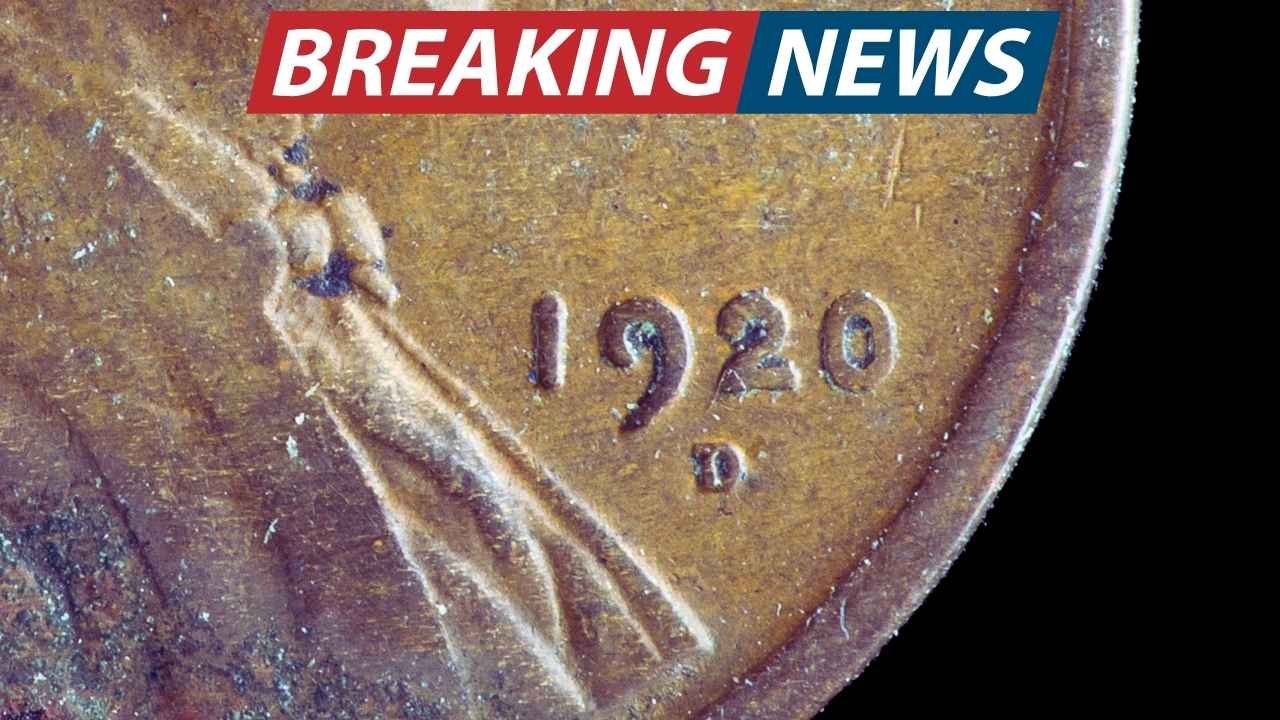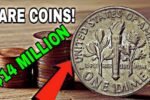The Lincoln Wheat Penny, especially rare ones like the 1909-S VDB, can be worth a fortune some fetching up to $990,000 at auctions. These coins, first minted in 1909 to honor Abraham Lincoln, are a collector’s dream. But with high value comes a big risk: fakes and scams. Counterfeiters target these pennies, and even honest mistakes can cost collectors thousands. Here are four key red flags to watch for to avoid getting burned when hunting these valuable coins.
Suspiciously Low Prices
If you spot a Lincoln Wheat Penny, like the 1909-S VDB, priced way below its market value, be cautious. A genuine 1909-S VDB in average condition starts around $900, and top-grade ones can hit $990,000 or more. Scammers often list fakes on online marketplaces or at flea markets for cheap to lure buyers. Always compare prices with trusted sources like PCGS or NGC price guides. If the deal seems too good to be true, it probably is.
| Coin Type | Average Value (Good Condition) | Top Auction Value |
|---|---|---|
| 1909-S VDB | $900–$1,500 | $990,000+ |
| 1943 Bronze | $10,000–$100,000 | $1,750,000+ |
Missing or Altered Marks
The 1909-S VDB penny has specific marks that prove it’s real: the “S” mint mark under the date and the “VDB” initials on the back. Counterfeiters might fake these by altering common pennies, like adding an “S” to a 1909 Philadelphia penny. Check the marks closely with a magnifying glass. If the “S” or “VDB” looks uneven, scratched, or out of place, it’s likely a fake. Also, watch for coins with polished or cleaned surfaces cleaning can hide tampering but lowers value.
- Examine the “S” mint mark for clarity and alignment.
- Look for “VDB” on the reverse, near the wheat stalks.
- Avoid coins with signs of tampering or heavy cleaning.
Wrong Color or Wear
Color matters a lot with Lincoln Wheat Pennies. Collectors prize “red” pennies for their original copper shine, while “red-brown” or “brown” coins are less valuable. A 1909-S VDB claiming to be “red” but looking dull or heavily worn is a red flag. Fakes might be chemically treated to mimic the red color, but the surface may look unnatural or streaky. Compare your coin to images on trusted sites like PCGS or ask a professional to grade it before buying.
Unverified Sellers
Buying from untrustworthy sellers is a huge risk. Whether it’s an online auction, a local shop, or a private deal, always check the seller’s reputation. Scammers might offer fake coins with no return policy or push you to buy quickly. Stick to well-known dealers or auction houses like Heritage Auctions, and always ask for a certificate of authenticity from grading services like PCGS or NGC. If the seller dodges questions or lacks clear credentials, walk away.
Protecting Your Collection
The thrill of finding a rare Lincoln Wheat Penny is real, but so is the danger of fakes. By watching for low prices, checking marks, inspecting color, and vetting sellers, you can avoid costly mistakes. If you think you’ve found a valuable penny, don’t clean it cleaning can ruin its value. Get it graded by a trusted service to confirm it’s real. With care and caution, you can chase these treasures without falling for scams, keeping your collection safe and valuable.



